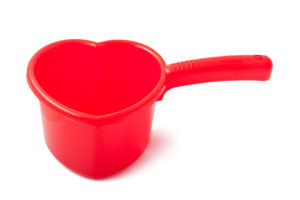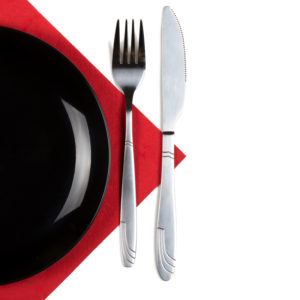- Increased Awareness. Recording what you eat and drink will bring an awareness of how often you consume less nutritious foods and their ingredients. Sugar, artificial sweeteners, caffeine, alcohol, salt, and fried oils are just a few of the treats that can add up in a day, a week, and a month. Journaling will bring to your attention the frequency and quantity of the unhealthful parts of your diet.

2. Accountability. Once you write it down, you’ve admitted that you’ve consumed it. Knowing that your nutritionist will be asking to look at your food journal will help you think twice about some of your food choices. So if you ate a second piece of chocolate cake, there’s a good chance you won’t do it again because you know you have to write it down!
3. Accuracy: Most people have difficulty remembering what they ate yesterday, let alone for the last week. Plus, many of us have selective memory; that is, we recount what we want to remember, not what we don’t. Giving your nutritionist a look at your diet over an entire week or more will help him/her help you by making sure you haven’t left out any important details, like the spinach in your smoothie, or the nuts in your salad.
4. It shows your nutritionist what you like to eat. The last thing we want to do is alienate our clients with weird, foreign and complicated recipes. Your journal helps me identify recipes that may serve as more nutritious versions of your favourite convenience foods.
 Here’s what I like to see in a client’s diet journal:
Here’s what I like to see in a client’s diet journal:
- Was it something your prepared yourself, home-made, or was it a restaurant meal? Your nutritionist will want to know because portion sizes tend to be larger in restaurants, and because the food may have been cooked in an unhealthy way (for ex., deep fried).
- Quantities. You don’t have to weigh your food, but the amount of food eaten is very useful information for your nutritionist—especially if your goal is fat loss. If you ate nuts, about how many? If you had pasta, did you have one helping or two? Was it a super-sized soda or a grande frappuccino?
- Product Details. I like it when clients write down the brand and version of the cereal or yogurt they’ve eaten. This helps me approximate the amount of sugar or fibre they’ve ingested in the meal.
- Fluids consumed. Remember to record what you drank with the meal. Was it bottled water? Tap water? Hot? Iced? How much? Did you have red wine or white? Skim milk or 2 percent?
- How you felt after eating the food. Reserve a section where you can rate your digestion, your energy and your mood. This will help identify possible connections between what you ate and how you feel so that you can either eat more of it (if it made you feel good) or eat less of it (because it made you feel ill).
- Clear separation of meals and snacks. Make sure your diary doesn’t look like a grocery list. When you eat a food and what you eat with it could be important in explaining your energy levels, your blood sugar and more.
 All of the above details help me identify excesses, but also what nutrients may be in need of augmentation. Once considered along with your health challenges and goals, I will be able to give you appealing , suitable, practical and nutritious meal suggestions that will help you reach those goals.
All of the above details help me identify excesses, but also what nutrients may be in need of augmentation. Once considered along with your health challenges and goals, I will be able to give you appealing , suitable, practical and nutritious meal suggestions that will help you reach those goals.
Don’t have a food journal yet? Start one today and you will probably automatically begin improving your diet! You can find a sample one here and get started now.
